Flexible order
Andres ATELA (ES)
Mathieu ANDRIEU (FR)
Iman MORSHEDI (FR)
architects
Europan 7 Tallinn
winner
An urban strategy to Tallinn’s contemporary expansion.
First, is proposed the extension of the public transport, then a traffic network is created, a “grid”. On the one hand, it makes it possible to control the extension area by offering a uniform frame, shared by all future housing estates. On the other, this grid gives the means to re-label the disparate and unorganised existing situation.
In the sea edge a new landscape based on the site’s qualities offers open spaces and views. In the south, the main axe gets thicker and becomes the project’s spine.
The new urban intentions nourish the dialogue between the buildings and their environment. As a consequence, the projected edifices are porous, a density is defined and a human scale is introduced.
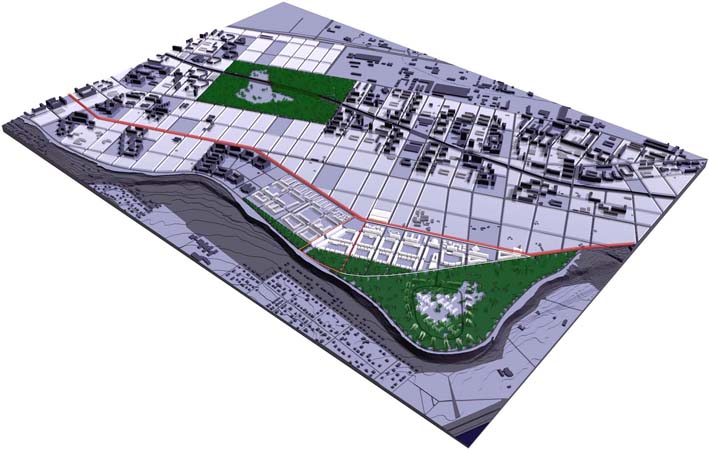
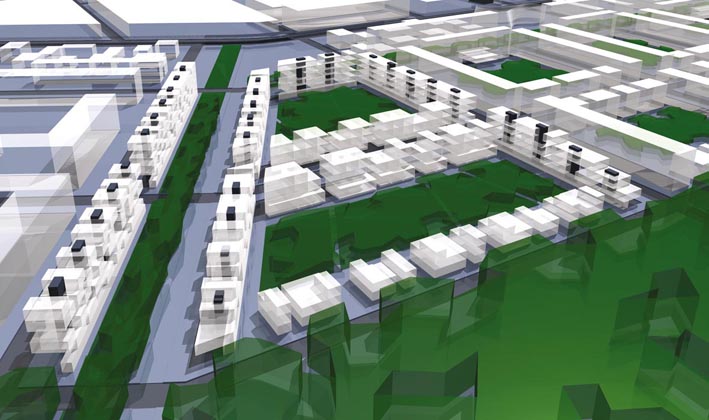
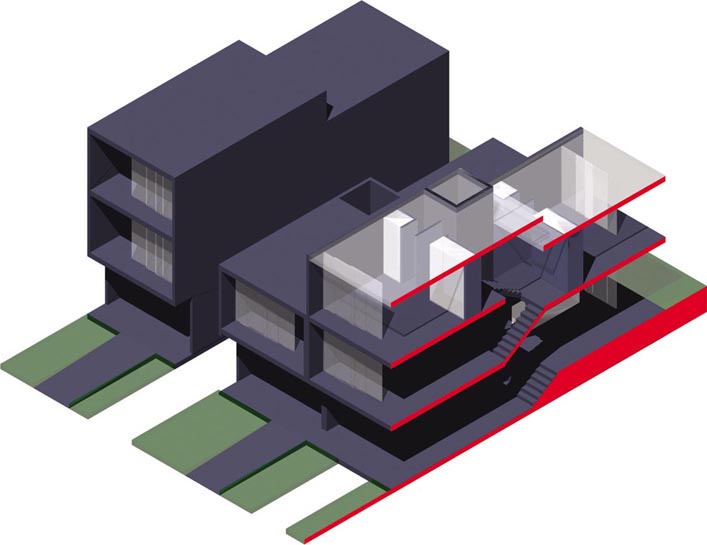
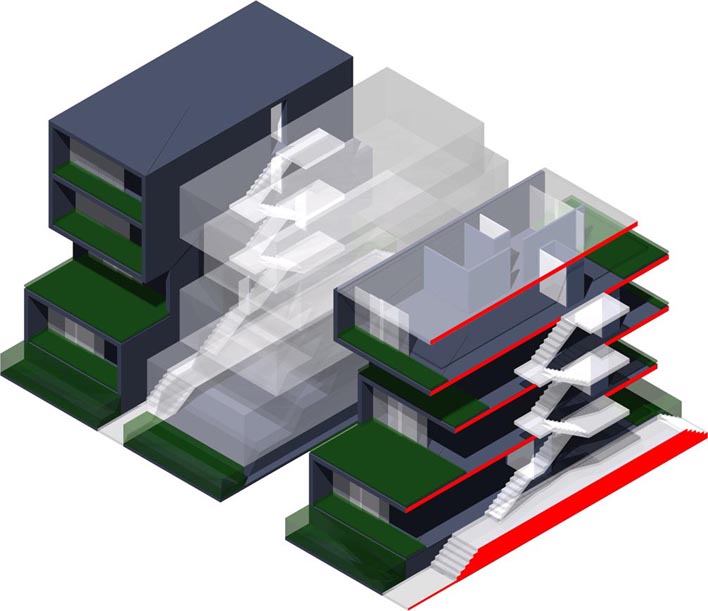
Site informations
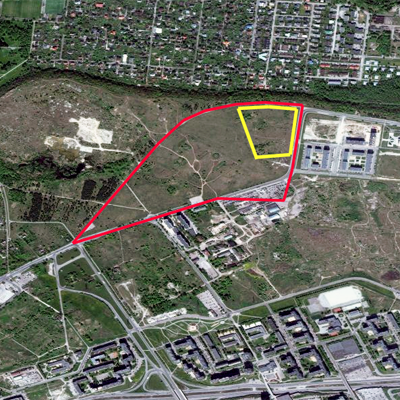
Tallinn
Synthetic site file EN
This project is connected to the following themes
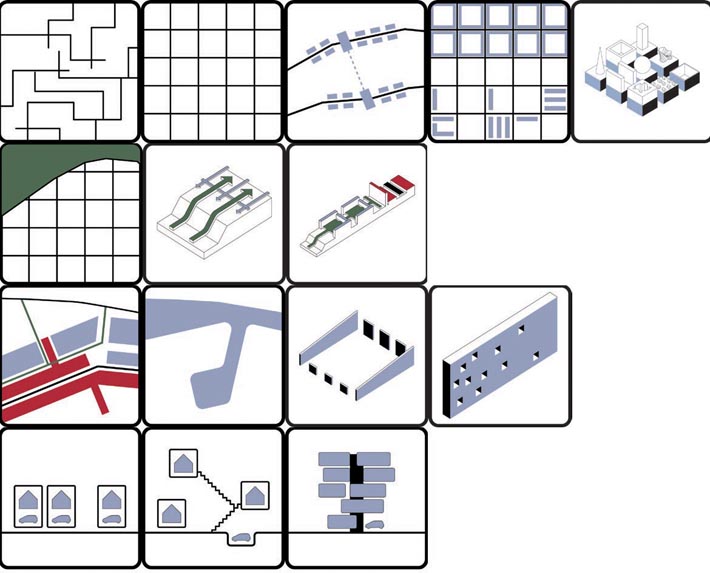
Mobility - Urban Generator
By imprinting a large-scale regular grid together with an irregular “Broadway” figure over the whole territory, the project aims to create a tension between the local and regional scales, allowing for permeability and new forms of mobility.
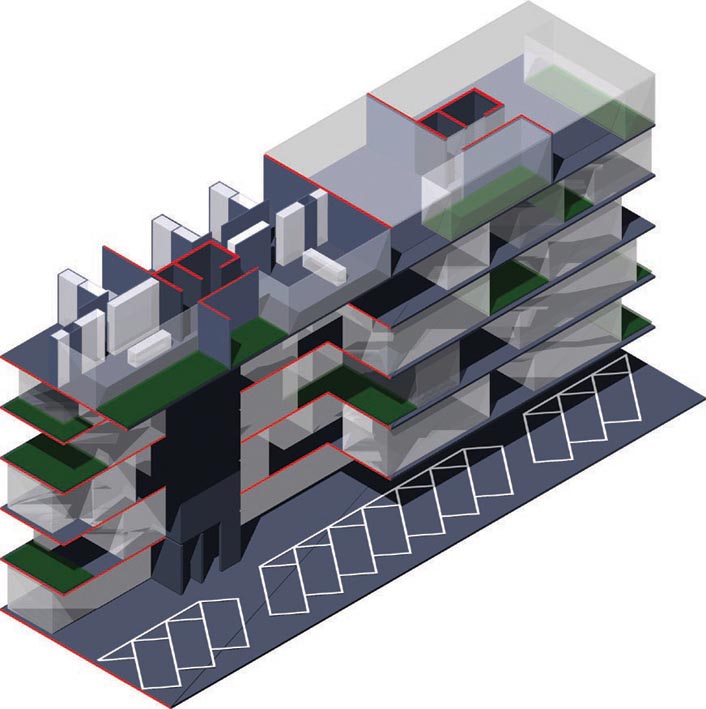
Housing - Typology
The generic framework of the grid provides an open framework for a combination of three Estonian residential typologies: the town house, the superimposed house and the row house.